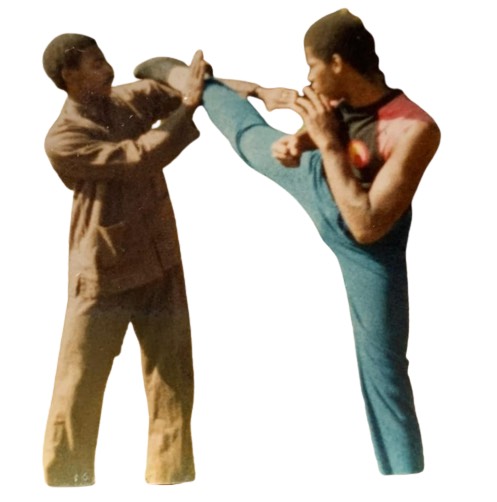The Benefits of Training in Multiple Martial Arts: How Wing Chun Complements Other Fighting Styles
By Maurice Novoa a master under the Yuen Kay Shan, Ip Man and Pan Nam lineages.
Introduction:
Training in multiple martial arts disciplines offers practitioners a unique opportunity to explore various techniques, strategies, and philosophies. By expanding their skill set and knowledge base, martial artists can become more versatile and well-rounded in their training. In this regard, Wing Chun, a highly effective and practical martial art, can serve as a valuable complement to other fighting styles. Its distinct principles and techniques provide practitioners with a range of benefits that enhance their overall martial arts experience.
1. Versatility through Cross-Training:
One of the significant advantages of training in multiple martial arts is the development of versatility. Each style has its strengths and weaknesses, and by integrating Wing Chun into their training, practitioners can expand their repertoire of techniques. Wing Chun’s emphasis on close-quarters combat, rapid hand strikes, and efficient footwork can complement other styles that may focus more on long-range strikes, grappling, or ground-fighting. By cross-training, practitioners gain a deeper understanding of different combat ranges and improve their adaptability in diverse martial arts scenarios.
Wing Chun’s unique hand techniques, such as the chain punches, palm strikes, and simultaneous block-and-strike movements, can greatly enhance a practitioner’s striking abilities when integrated with other martial arts styles. The emphasis on precision, speed, and economy of motion in Wing Chun translates well to striking-based arts like boxing, kickboxing, or Muay Thai. By incorporating It’s principles of centerline control, simultaneous attack, and defensive positioning, practitioners can refine their striking techniques, improve accuracy, and deliver effective strikes while maintaining solid defensive capabilities.
2. Close-Quarters Combat and Self-Defense:
Wing Chun’s practical approach to close-quarters combat and self-defense makes it an excellent addition to training in other martial arts. Its techniques are specifically designed to be effective in confined spaces, where quick reactions and close-range strikes are crucial. By integrating Wing Chun’s trapping, grappling, and sensitivity training, practitioners can enhance their ability to handle close-quarters combat scenarios. This is particularly valuable for martial artists training in styles like Brazilian Jiu-Jitsu or wrestling, where the ability to defend against strikes and maintain control at close range is essential.
3. Wing Chun’s Sensitivity and Energy Awareness:
Wing Chun’s training methods, such as Chi Sao (sticky hands), cultivate heightened sensitivity and energy awareness. Through the practice of Chi Sao drills, practitioners develop tactile sensitivity and the ability to perceive and respond to subtle movements in their opponents. This increased sensitivity can greatly benefit practitioners in various martial arts disciplines by improving their ability to read and react to opponents’ actions, regardless of the fighting style being practiced. Whether it’s anticipating strikes in stand-up arts or recognizing grappling opportunities in ground-based arts, Wing Chun’s emphasis on sensitivity training enhances a practitioner’s overall martial arts effectiveness.
4. Mental Focus and Discipline:
In addition to its physical aspects, Wing Chun places a strong emphasis on mental focus, discipline, and cultivating a calm mindset. Through forms practice, meditation, and mindful training, practitioners develop mental resilience and the ability to stay calm under pressure. This mental discipline can greatly benefit practitioners in any martial arts context, including sparring, competitions, or real-life self-defense situations. By incorporating Wing Chun’s mental training methods into their overall practice, martial artists can improve their concentration, decision-making, and overall performance.
Conclusion:
The integration of Wing Chun into a practitioner’s training regimen can bring significant advantages to their overall martial arts journey. By combining the principles, techniques, and mindset of Wing Chun with other fighting styles, practitioners become more versatile, adaptable, and well-rounded martial artists. The incorporation of Wing Chun’s striking techniques, close-quarters combat proficiency, sensitivity training, and mental focus can enhance practitioners’ skills in a variety of martial arts disciplines. Ultimately, the benefits of training in multiple martial arts go beyond physical technique and extend to personal growth, self-improvement, and a deeper understanding of the vast world of martial arts.

